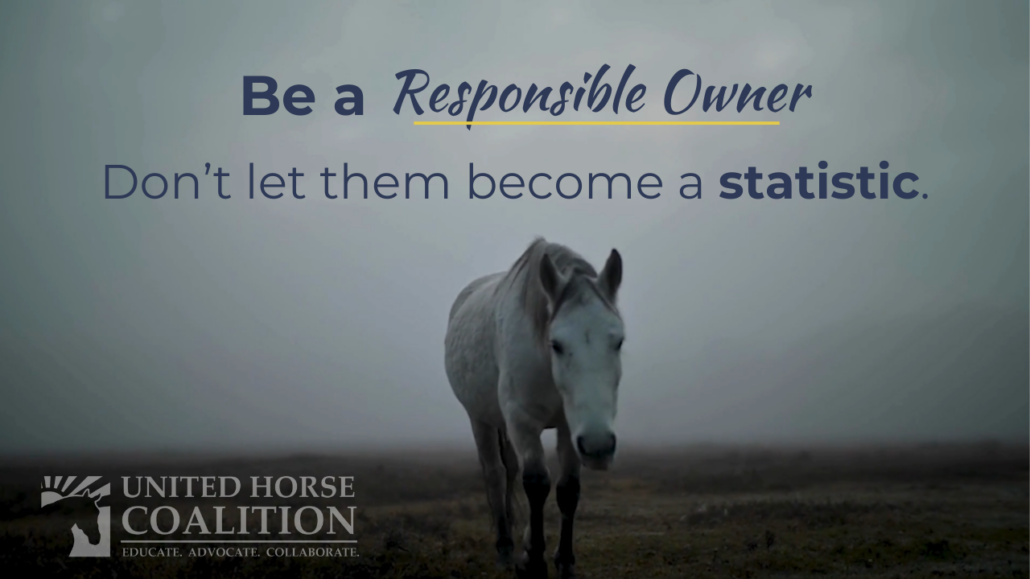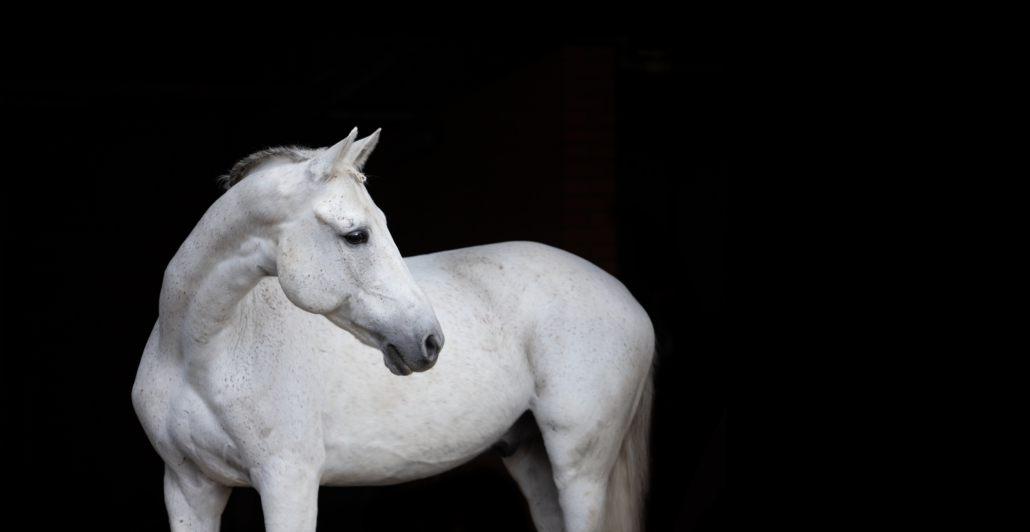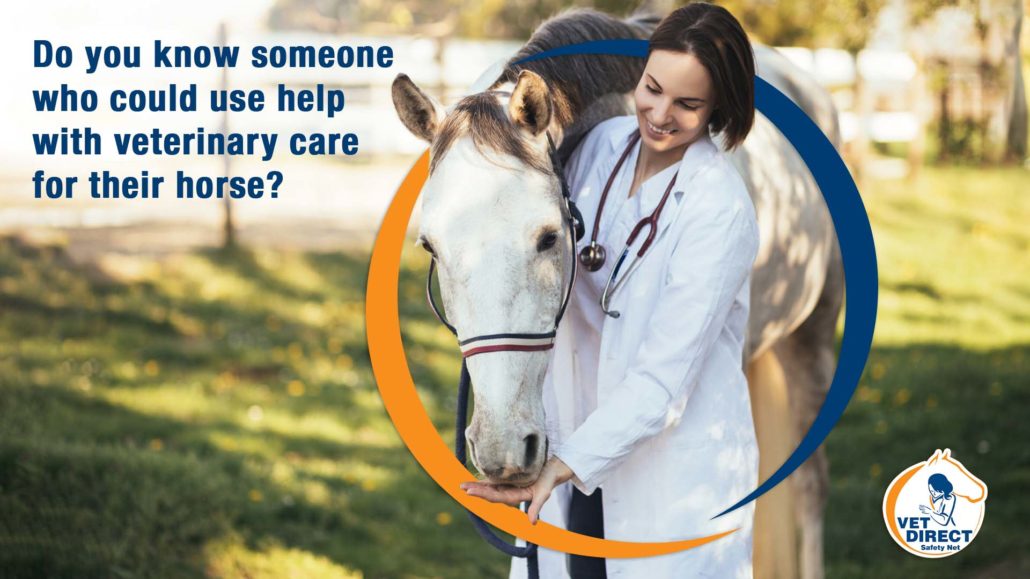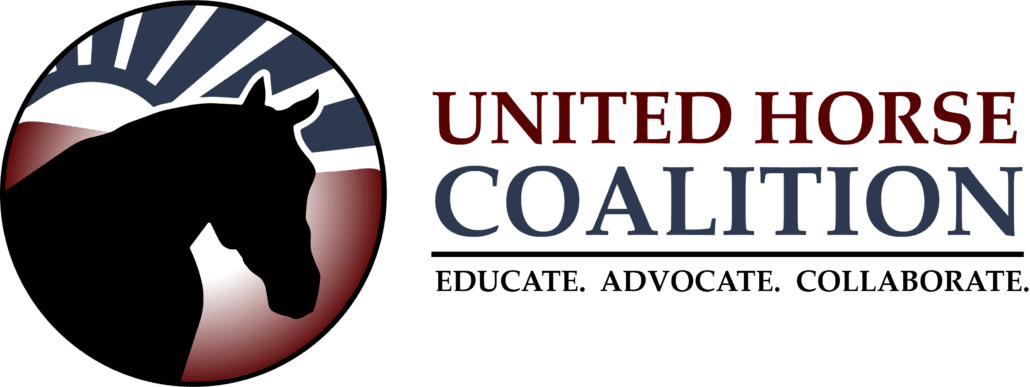Arrangements must be made for removal of the animal’s remains following death, be it from natural causes or euthanasia. If the horse dies or is euthanized at an equine hospital, the hospital can take care of this for a fee. In other cases, the owner of the deceased must make arrangements, keeping in mind that in most states, it is the legal responsibility of the attending veterinarian to ensure the carcass is properly disposed; therefore veterinarians must possess specific knowledge of their area’s regulations. If the owner does not follow local statutes, he or she may unintentionally cause legal problems for their veterinarian.
First and foremost, carcass disposal must be done in a manner that does not cause harm to other animals or humans. regulations vary greatly from state to state with regard to animal species. Local agricultural extension offices are a useful resource for this type of information. There are several commonly used methods of equine carcass disposal, including burial, landfills, composting, incineration, rendering and biodigesters.
BURIAL:
Regulations on horse burial vary from state to state and within states, from locality to locality. Many jurisdictions require the burial site be no fewer than 100 yards from wells, streams, and other water sources, and in some locales, it is illegal to bury a chemically euthanized horse. Generally, a trench 7 feet wide and 9 feet deep is sufficient, with at least 3 to 4 feet of dirt covering the animal’s remains. In order to accomplish this, one needs access to a backhoe, which can be rented for a fee between $250 and $500, depending on the location.
LANDFILLS:
Landfills are an alternative to burial. Keep in mind that not all municipal landfills accept animal carcasses, and those that do, do not necessarily take horses. Additionally, some landfills that accept horse carcasses will not take the remains of a chemically euthanized animal. Costs can be higher, but tend to be between $80 and $150.
INCINERATION/CREMATION:
While incineration/cremation of a horse carcass is very expensive, it is one of the most environmentally friendly solutions to body disposal. Cremating a 1,000-pound horse can cost between $600 and $2,000, depending on location and the current price of propane. The incinerators are regulated by strict environmental laws at both the federal and state level, thus providing control over air pollution. As the ashes pose no environmental threat, they may be returned to the owner and buried or may be sent to a landfill.
RENDERING:
Rendering is an effective, affordable and environmentally safe method of livestock carcass disposal. The carcasses are “cooked” to destroy pathogens and produces end products such as bone than can be used in animal feeds. Rendering companies will normally pick up the remains and charge a fee ranging between $75 and $200, again depending on location. Only 50 percent of the states have rendering plants, the majority of which are concentrated in the Midwest.
COMPOSTING:
Composting, a controlled, sanitary decomposition of organic materials by bacteria, has recently gained popularity. It is performed in covered trenches or piles that must be located away from runoff and drinking water supplies to avoid contamination. The combination of vegetative material and moisture results in temperatures reaching at least 130°F, which, over the course of time, kills most pathogenic viruses and bacteria. It takes approximately 9 to 10 months to compost an intact horse carcass, and the end product is a spongy, odorless substance that can be used for soil supplementation. Livestock composting is legal in every state except California, but even in states where the practice is permitted, it can be limited by carcass weight. Information on composting and its availability in your area may be obtained from your respective state’s Department of Agriculture.
BIODIGESTERS:
First developed in 1992, the biodigester is a machine similar to a pressure cooker. Using alkaline hydrolysis, biodigesters rapidly kill any potentially harmful wastes in the carcass. The machine can turn a 1,000-pound horse carcass into an aqueous solution of peptides, amino acids, sugars, soaps and powdered bone, all free of harmful pathogens. The remains are, in fact, sterile, and pose no environmental hazards and can therefore be disposed of at a local landfill or be used as fertilizer. This method is becoming a popular method of carcass disposal with veterinary colleges and industrial research facilities. The veterinary colleges at the University of Florida, Texas A&M University, Colorado State University, and the University of Minnesota are just some schools that own and use biodigesters. The US Department of Agriculture also owns a machine. While the initial purchase price is costly, the operating costs offer significant savings over time and are more environmentally friendly than using commercial incinerators. For example, the Wisconsin Veterinary Diagnostic Laboratory purchased a biodigester for $900,000 but estimates that they can dispose of a carcass for
$0.25 per pound, as opposed to $0.75 per pound using an incinerator.
OTHER CONSIDERATIONS:
Plan ahead. It is important for all horse owners to think about and plan for the day their horse’s life comes to an end. It is not something fun to think about, but death is inevitably part of life and dealing with it cannot be avoided. Enlisting the help of your vet and barn manager and relative, close friend, or neighbor, come up with a plan in the event your horse becomes ill or debilitated, or an emergency arises. Write it down and make sure it is easily accessible if you are unavailable should anything occur. Planning ahead may spare your horse needless suffering. It will also help you make sound decisions during what will be a very difficult time. Insurance: If your horse is insured, be sure that you know your policy’s requirements regarding euthanasia. For an insurance claim to be valid, companies often require prior notification and
permission (except in extreme cases). Most insurance providers require that they be kept informed from the start of a horse’s medical condition, especially if euthanasia is a potential outcome of the illness. In case of an emergency, it is up to the policy holder to notify the insurance provider. Some policies even require a second opinion before a horse is euthanized, but it is always up to the owner and veterinarian to decide what is best for the horse.


